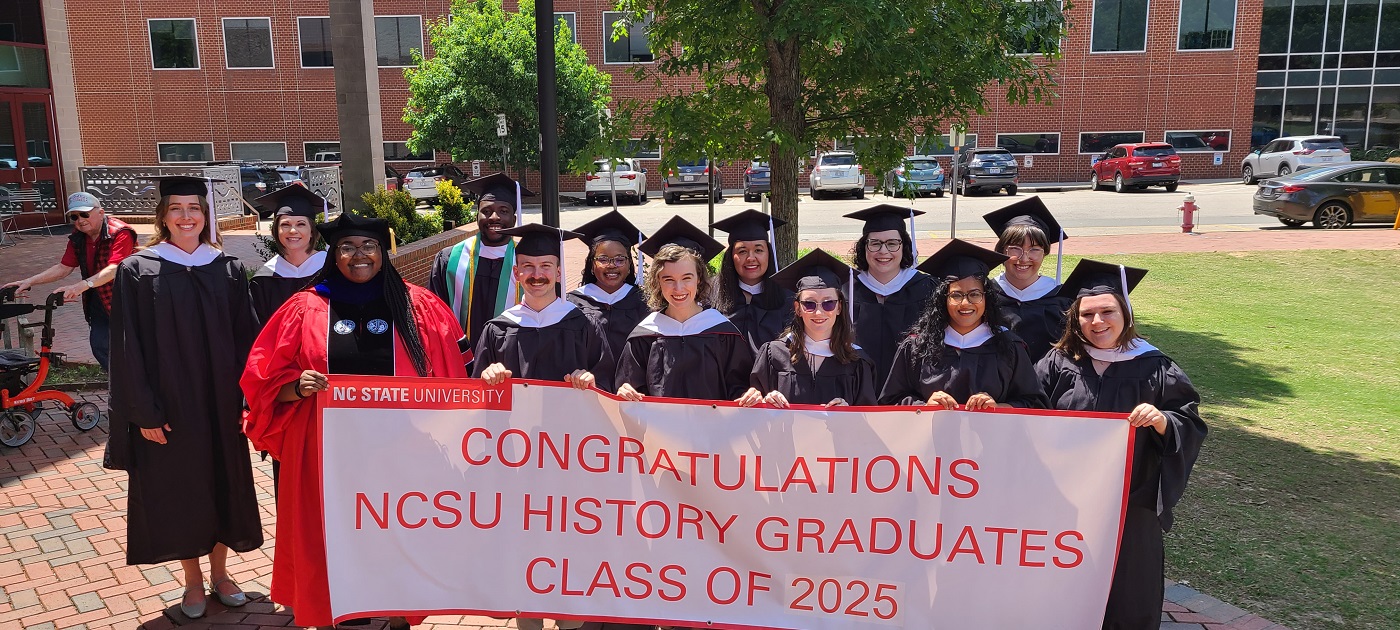History in 3D
On October 7, 2014, students in Professor Susanna Lee’s Theory and Practice of Digital History class (HI 534) went to the North Carolina Museum of History to participate in a 3D-scanning project. The project was an exploration into the cost effectiveness of 3D technology for museums and the methodological problems and challenges with using 3D technology to present historical artifacts. With the help of Adam Rogers from Hunt Library’s Makerspace, students used 123D Catch, MakerBot Digitizer, and other programs to capture 3D scans of four museum artifacts dating to the eighteenth and nineteenth centuries. Students then posted 3D models of the artifacts to Thingiverse, an online space for sharing 3D printable objects. For each 3D model, students also provided an interpretation of its historical significance as well as an explanation of the scanning process. We welcome you to explore the 3D models that students created and interpreted.
- Butter Mold: This butter print was made in the late 18th century, and the hand-carved design appears to be a tobacco plant. The exact origins and uses of this butter print are unknown, but the artifact represents the importance of butter-making on rural farms in early America. Furthermore, the butter print emphasizes the role of women in farm production and income.
- Hog Scraper: This well-crafted hog scraper was likely made in the nineteenth century and used on a North Carolina plantation or farm. Little is known about the origins of the hog scraper, but this durable artifact is a great historical teaching tool for children and adults alike.
- Tea Caddy: According to the museum’s records, this tea caddy was used at the Edenton Tea Party in Edenton, NC in 1774. The Edenton Tea Party is widely recognized as one of the first acts of political protest associated with the American Revolution.
- Child’s Shoe: This leather children’s shoe was likely made by an enslaved craftsman named “Old Jack” in 1862 for the Nolan family of Cleveland County, North Carolina. Although little is known about “Old Jack” specifically, students used the shoe and associated records as a window into the lives of black and white Southerners on the eve of the Civil War.
- Categories:


